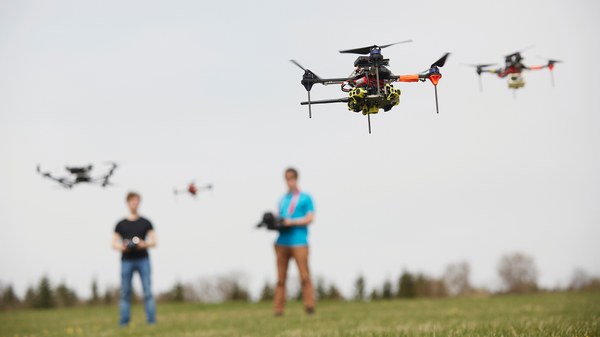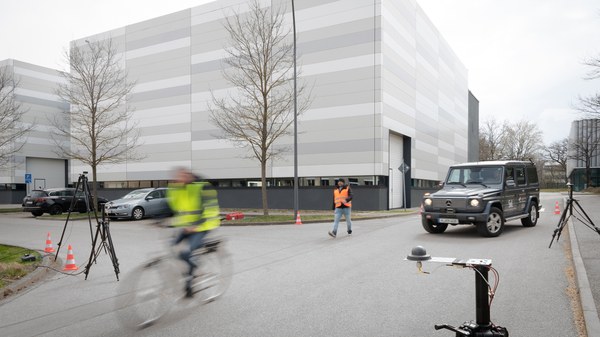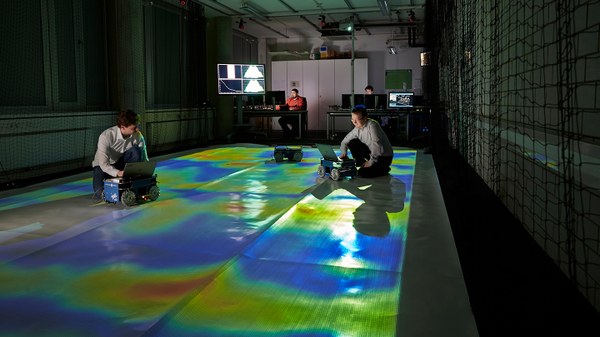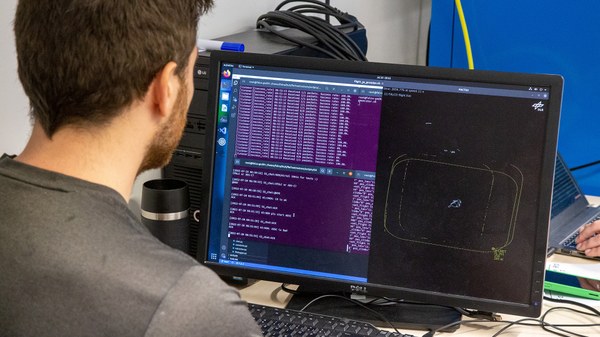Department: Communications Systems
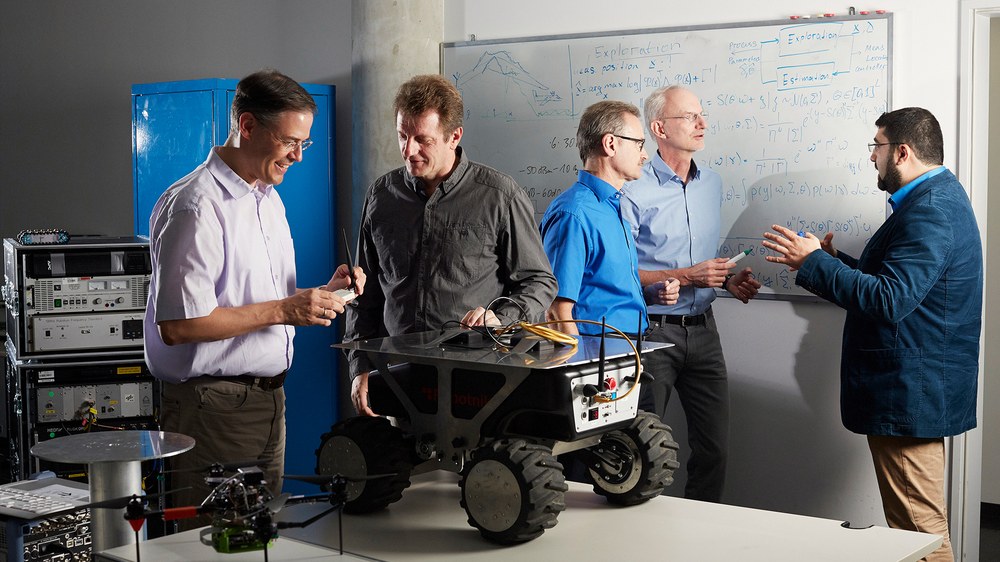
Enno Kapitza für DLR
The focus of the department Communications Systems is on the fields of
- communications for aircraft, drones, railways, road vehicles and ships,
- navigation in difficult environments and
- swarm exploration.
Cross-cutting topics of the department are estimation theory, transmission methods and channel modelling. Most of our topics have systemic aspects. We develop prototypes in all areas and carry out numerous measurement campaigns. Our research work is very well suited for doctoral studies. About half of all colleagues are currently working on their PhD.
In the field of communication, we are developing and standardising LDACS, the future global communication standard for air traffic management, together with numerous partners at home and abroad. LDACS will replace the analogue aeronautical radio used worldwide today in the long term. We are also developing data links for communication with unmanned, remote-controlled aircraft and with autonomously flying drones. In order to enable innovative railway concepts (next generation train), we are working on new communication methods for the railways and are focusing on communication between trains (train-to-train). For shipping, we are also involved in the development, demonstration and standardisation of new transmission procedures. The communication requirements and framework conditions for the above-mentioned modes of transport differ greatly from one another. For much of our work, we need detailed knowledge about wave propagation. We therefore carry out channel measurements in all relevant environments (ground-to-aircraft, satellite-to-aircraft, drone-to-drone, ship-to-ship, ship-to-shore, train-to-train, vehicle-to-vehicle), model the channel characteristics and contribute to the standardisation at the ITU-R.
With multi-sensor navigation methods, we enable accurate indoor navigation for pedestrians and aim to use a variety of smartphone and "wearables" sensors to provide accurate position at all times inside buildings and also in the diverse use of urban transport modes. In addition to the inside of buildings, tunnels are also inaccessible to satellite navigation signals. Therefore, we are developing new methods to determine the position of trains in tunnels, exploiting the strongly disturbed earth's magnetic field along the track with innovative methods (RailSLAM). Furthermore, we are designing and demonstrating new navigation procedures for swarms of rovers for missions on the Moon and Mars.
We are designing autonomous and decentralised exploration procedures for swarms of rovers and flying platforms to explore foreign planets and to support disaster control. We use swarms that can explore much faster than a single rover, that are robust against failures and that can observe physical phenomena such as gas leakage simultaneously from different locations.

